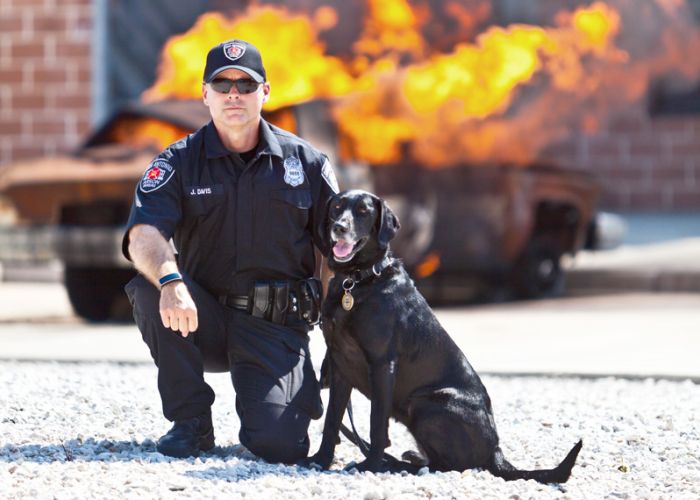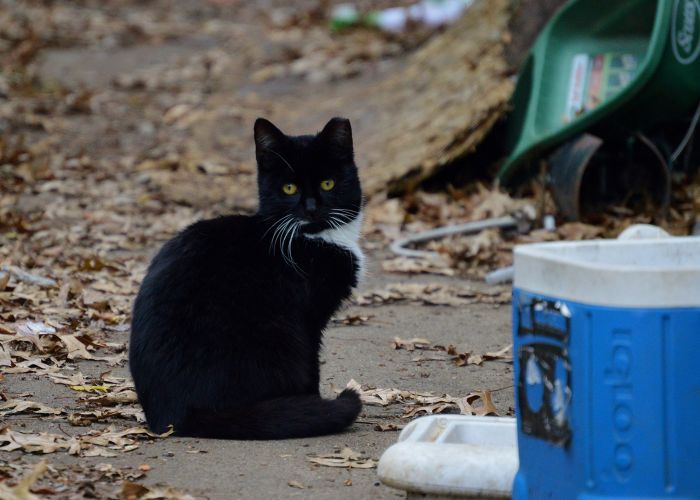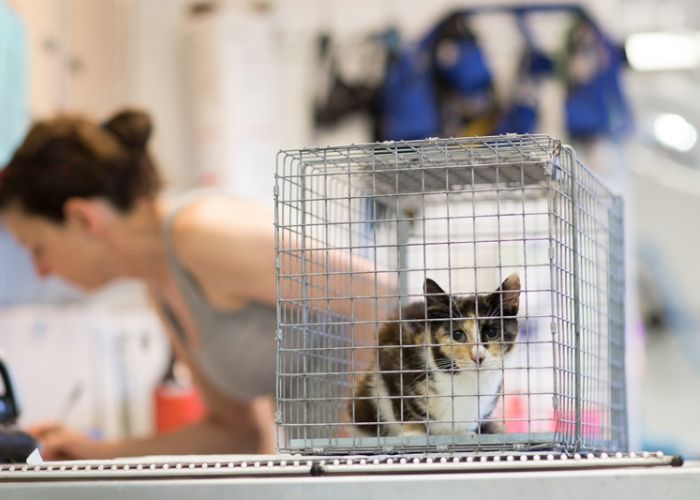Q&A: Dr. Lila Miller, the ‘mother of shelter medicine’
Animal Care Expo 2022 keynote speaker shares the racism that almost made her quit and her hopes for the field’s future
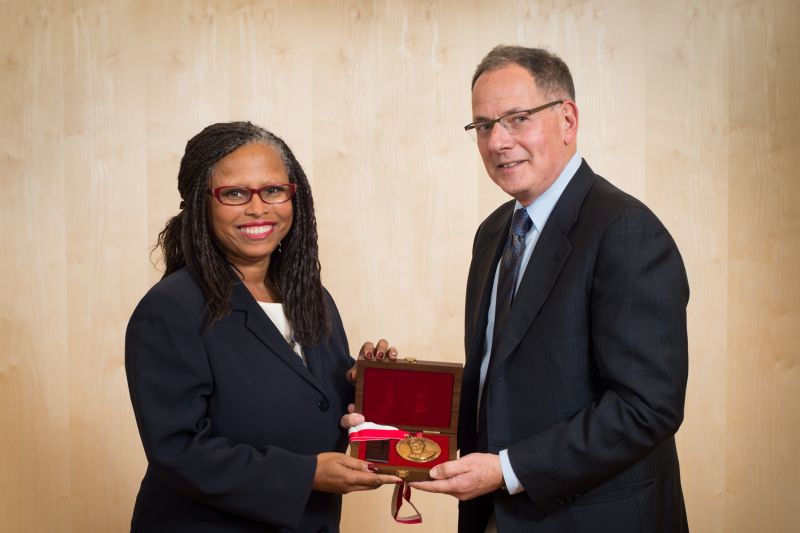
Animal Care Expo 2022 speaker Dr. Lila Miller spent much of her four decades in the veterinary field fighting racism and sexism (and severe allergies to animals!), all while helping to establish shelter medicine as a legitimate and highly valued specialty.
“My goal when I was first promoting shelter medicine wasn’t necessarily to create shelter medicine specialists,” she says. “I just wanted veterinarians to understand and sympathize with the challenges that shelters were facing, and to know that if they were approached by a shelter for help, that they could have a response that was different than just euthanasia.”
One of the first two African American women to graduate from Cornell’s Veterinary College in 1977 and former vice president of shelter medicine at the ASPCA, Miller taught the first shelter medicine course at Cornell in 1999, co-founded the Association of Shelter Veterinarians in 2001, and co-edited the Shelter Medicine for Veterinarians and Staff and Infectious Disease Management in Animal Shelters textbooks. In this edited interview with Humane World for Animals, Miller shares some hard truths—and key takeaways—about the field of shelter medicine.
Did you know you wanted to work in shelters when you applied to veterinary school?
I never thought about working in a shelter, even though I was exposed to shelters as a student because my mentor, Dr. Joseph Lloyd Tait, was a consultant for the ASPCA animal shelters. He had a small animal practice, and he would go to the shelters on his lunch hour and sometimes take me with him. I thought the shelters were terrible, and I remember thinking I hope I never end up having to work there. The idea that a veterinarian could improve them just never occurred to me; it was not a career option, because veterinarians didn’t work in shelters.
I was planning to go back to Harlem, where I grew up, and work in a small animal practice, because in 1977, your main career options were large animal practice, small animal practice, a pharmaceutical company, government or academia.
What changed your mind?
I was so disenchanted with veterinary medicine when I graduated from vet school that I was going to leave the profession. Dr. Tait said to me, “Before you throw your dream away, I want you to come work in the shelters, and we can improve the care for the animals there.” It looked like it was an insurmountable challenge … but he convinced me.
So I took the job about six months after I graduated. The shelters were really very bad, but we developed a plan and looked at incremental things we could do. It occurred to me that these were cast-off animals that no one cared about and that I could have a greater impact here than in private practice. I was hooked.
I never dreamt of shelter medicine as a specialty at that time. We didn’t even call it shelter medicine. I thought I would do it for a while, but things just kept happening, [and] now we have a specialty field.
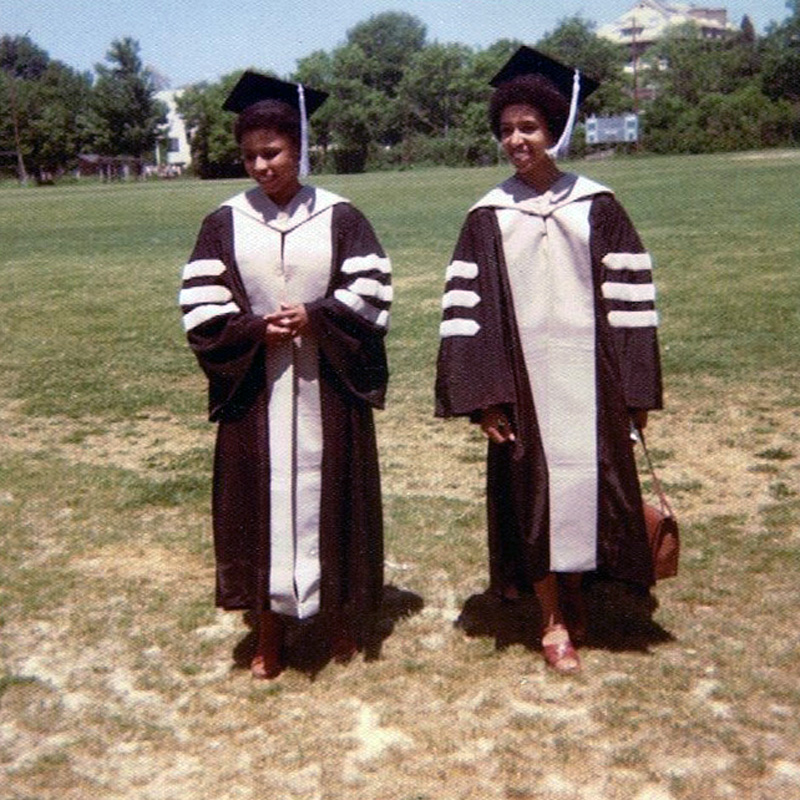
You were one of the first two Black women to graduate from Cornell’s vet school. What was that experience like?
My Cornell experience was nightmarish. The only thing that got me through it, besides really wanting to be a veterinarian, was the idea that it was just seven years of my life and that things would get better when I graduated.
I went to Cornell as an undergraduate, because I had been told by a reliable source that the [post-undergraduate] vet school didn’t take Black people. To increase my chances, I thought being on-site in their pre-vet program would help me get in.
The year I was admitted, 1973, was also the year that they admitted 14 women, which was unprecedented. Some of the faculty felt it was the end of veterinary medicine. There were so many challenges because I was Black and a woman. Thank God my friend Rochelle, who is also Black, was also admitted; we went through the pre-vet program together and became close friends. It was so important to have a support network.
What were your biggest challenges?
I had all the usual academic challenges in addition to the racism, and then in my junior year, I started having frequent asthma attacks and was really sick. I ended up in the hospital. When I woke up, they told me I almost died. I went for allergy testing and was told that I was allergic to almost everything they tested for, but my main problem was with horses. Many of my classes were in the barns with the horses, which is why I was constantly having asthma attacks. I was told that in all likelihood, I would be allergic to dogs and cats in a few years.
I decided that this childhood dream wasn’t worth me losing my life. When I went to the dean and told him I might not be able to finish the program, he told me that if I didn’t finish, they wouldn’t admit any more Black students. I told him that wasn’t fair—I wasn’t flunking out, I had met all the admissions criteria, no one lowered the standards for me—I’m sick.
I decided to finish, but after that I was done with veterinary medicine and Cornell. On graduation day, one of my professors told me that some faculty did everything they could to stop me from graduating, which validated my belief that many of the things that happened to me were because of racism.
When I graduated, I was angry, tired and frustrated. I decided to do something else [outside of traditional] veterinary medicine that would make me happy. That turned out to be shelter medicine.
How can we encourage and empower more BIPOC individuals to join veterinary medicine today?
One of the problems is that many times, people of color often have little exposure to the field.
If we look at the diversity situation today and want to change it, we have to present opportunities to learn about the field and remove the barriers to joining it. I was on a panel discussing the lack of diversity in veterinary medicine several years ago, and when I mentioned the word racism, people went through the roof. I wasn’t accusing anyone there of being a racist, I was talking about institutionalized racism. I was talking about reevaluating arbitrary and traditional admissions criteria that asked for recommendations from veterinarians, work experience and standardized testing results.
We have to make it look like veterinary medicine is achievable, because it is. You don’t have to be a genius to be a veterinarian; you just have to work hard and have a mindset that allows you to look for opportunities and not give up when you encounter obstacles. We have to let people know they are welcome in the profession.
“We have to make it look like veterinary medicine is achievable, because it is. … We have to let people know they are welcome in the profession.”
—Dr. Lila Miller
You’ve been called “the mother of shelter medicine.” What do you think of your legacy?
I feel very proud when they talk about me being the “mother of shelter medicine,” but I have to acknowledge that if I’m the mother, then there is a whole family of people that worked on it with me.
Teaching the first course in shelter medicine at Cornell is one the things I’m really proud of. I had written an animal care manual for use at the ASPCA, but I remember thinking that we really needed something that we could share outside the organization. Jan Scarlett wanted to provide a shelter medicine course at Cornell but didn’t have the expertise, but she knew about teaching, and I knew shelter medicine from experience, so she convinced me in 1999 this would be the perfect collaboration.
I really didn’t want to go back to Cornell, but I thought if Cornell offered a course in shelter medicine, other schools would want to [follow suit]. I brought in a few guest lecturers, which was a lot of fun because they exposed students to things they wouldn’t have heard about otherwise. Soon I got a call from Penn State University saying they wanted to do a shelter medicine course. I gave them all my materials, and they gave me a position as adjunct faculty.
I think one of the reasons that veterinarians may have been held at arm’s length by shelters is that they would usually call them when there was a disease outbreak, and typically the response would be euthanasia. We’ve come so far from that; now we have several other tools we can use for disease prevention, control and treatment.
I’m proud because I think the course at Cornell really set the stage for many other programs to happen. It raised awareness and interest among the students, which helped get shelter medicine into more colleges. My goal when I was first promoting shelter medicine wasn’t necessarily to create shelter medicine specialists. I just wanted veterinarians to understand and sympathize with the challenges that shelters were facing, and to know that if they were approached by a shelter for help, that they could have a response that was different than just euthanasia.
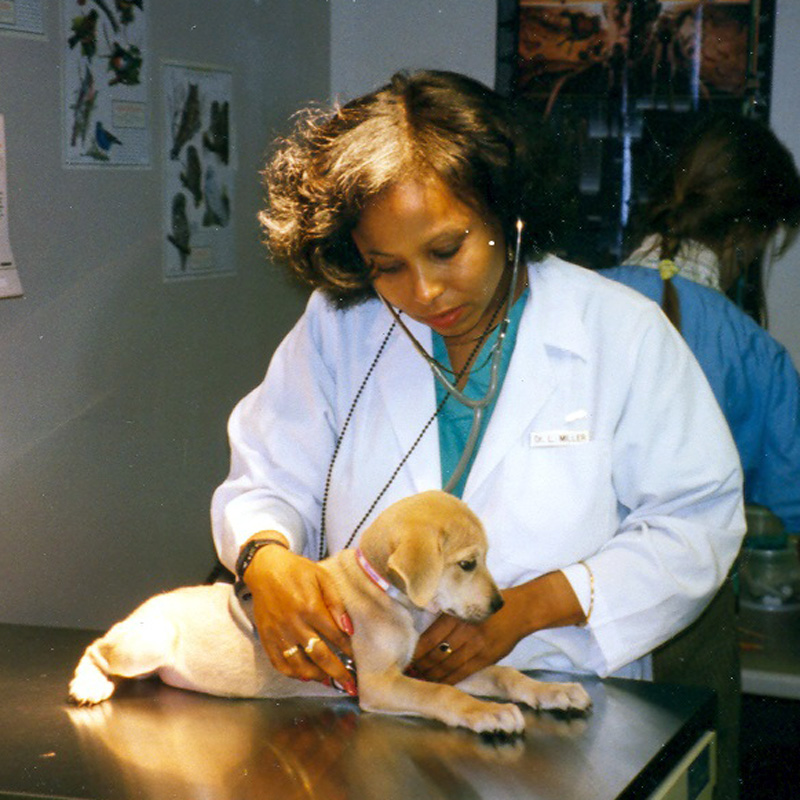
Are there any major differences you see in the animal welfare field today?
We’ve seen a remarkable decrease in euthanasia numbers. When I [first] arrived at the shelter, the vast majority of animals were euthanized. We had trucks bringing in strays and few adoptions.
We’ve also seen a decrease in the numbers of animals coming in. On the adoption front, we’ve tried to move from conducting an interrogation to a [conversation]. We used to euthanize animals rather than give them a chance at being adopted if it was to what we considered to be a less-than-ideal situation. I’m glad to see that has changed.
And the spay/neuter [difference] is remarkable. I was there at the beginning when shelters started talking about early-age spaying and neutering. When they first proposed that to me, my knee-jerk response was “‘no, they have to be at least 6 months of age.” And someone asked me “why is that?” And I said, “I don’t know, that’s what I was taught.”
When we looked into it and realized there was no good science behind the [6 month] recommendation, we decided to give it a try. Then we started doing high-volume surgery. The first time I heard about vets doing dog spays in less than 12 to 15 minutes, I said, “I’ve got to see this.” It’s important to keep an open mind when considering new ideas that challenge long held beliefs.
We [also] began asking [pet owners] if helping them solve their [pets’] behavioral problems would make a difference in keeping the animal in their home. One of the things I’m proudest about in shelter medicine is pushing the idea that we have to provide environmental and behavioral enrichment. It’s not enough to put an animal in a cage and just give it food and water.
I’ve seen a lot of positive change in shelters. We see the importance of the human-animal bond and acknowledge that pets are family members. But one of the things I haven’t seen is an increase in diversity. It seems that we were able to make all of these incredible advancements, but not move the needle enough in terms of bringing people of color into the field or eliminating bias in our programs. If we sincerely wanted to increase diversity and felt it was important enough to put all of our resources together to achieve it as we did for our other goals, I think we could really have made some progress.
I started in 1977 and retired in 2019; it’s really been remarkable to look back at how much the field has changed over the years, but there are things we still need to do.


